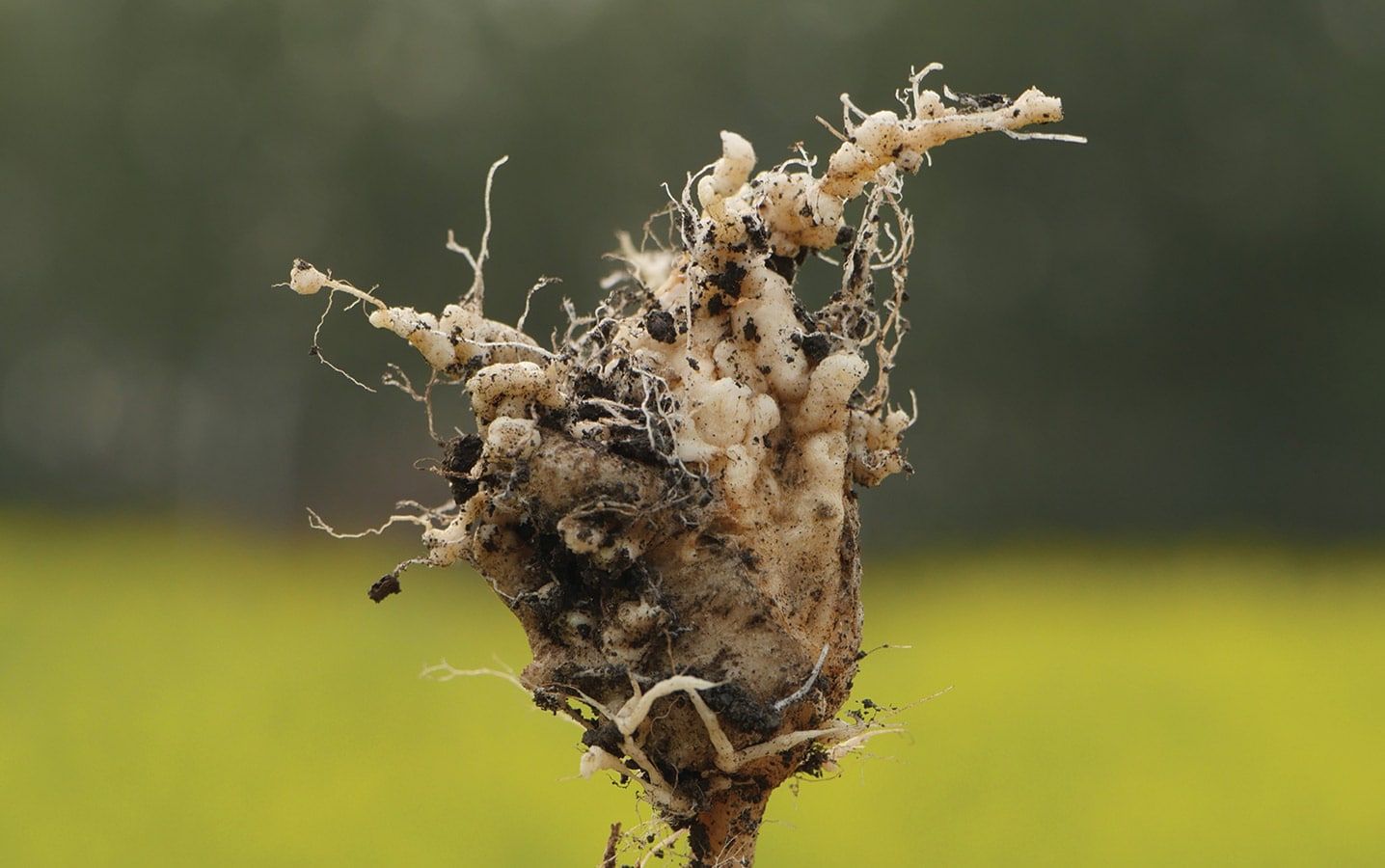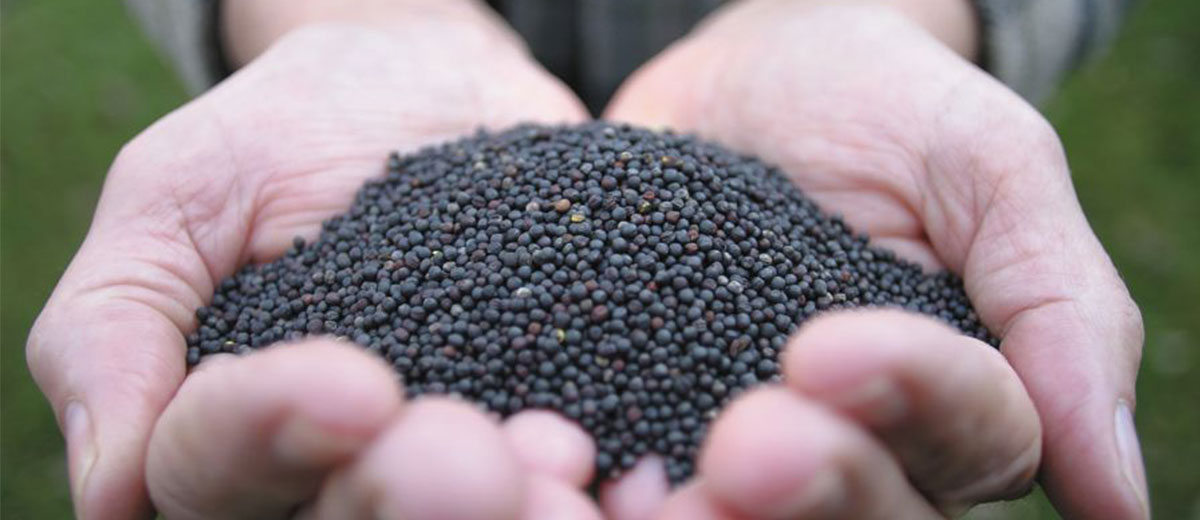
The Role of Agronomists in Preventing and Managing Clubroot
By Miranda Burski, Communications Consultant

The effort to prevent and manage clubroot in canola can’t be taken on by a single entity. There’s a role for everyone to play, regardless of their role in the agriculture industry.
Chelsie Will, a farmer and agronomist with Grow Rite Ag Consulting, sees both of her roles as very hands-on when it comes to this crop disease. Over the past two years, she and the other agronomists she works with have found the disease isn’t as predictable as producers may hope.
“One of the things I have learned is the importance of ‘boots on the ground,’ and to always be pulling plants and observing the roots,” she explained. “When I found the galls in July of 2018, the plants all looked healthy, so a healthy plant above ground doesn’t mean there are no issues below ground.”
She added that she has also seen cases where plants in one area of a field have clubroot symptoms, while soil samples in traditionally positive areas, such as field approaches, have returned negative results.
These discoveries, along with those of other agronomists and producers throughout the province, make sharing information particularly important. Doing so, Will said, can also help alleviate some of the negative emotions often associated with clubroot.
“I have found that talking about clubroot, attending meetings and learning more about the disease has allowed us to turn the negative experience into a positive one,” she said. “The best thing we can all do is share the information with everyone, so we can all work together to manage it.”
It’s important for producers and agronomists to also remember proper biosecurity protocols. Will chooses to wear a different pair of boots on each farm, which she cleans with bleach between visits.
However, it’s also crucial to remember there’s no need to panic. Clubroot can be managed if proper practices are followed.
These practices may include grassing the area to reduce spread of the disease from soil movement, or following a three-year crop rotation. Will also recommends her clients follow a three-year rotation before the disease is found on their farm.
“I always tell clients a three-year rotation doesn’t happen over night. We should be looking into other crops that will work for a three-year rotation and learn how to profitably grow them.”
For the latest information and for more updates on everything Kindersley ‘Like’ the Kindersley Social Facebook page below…








































